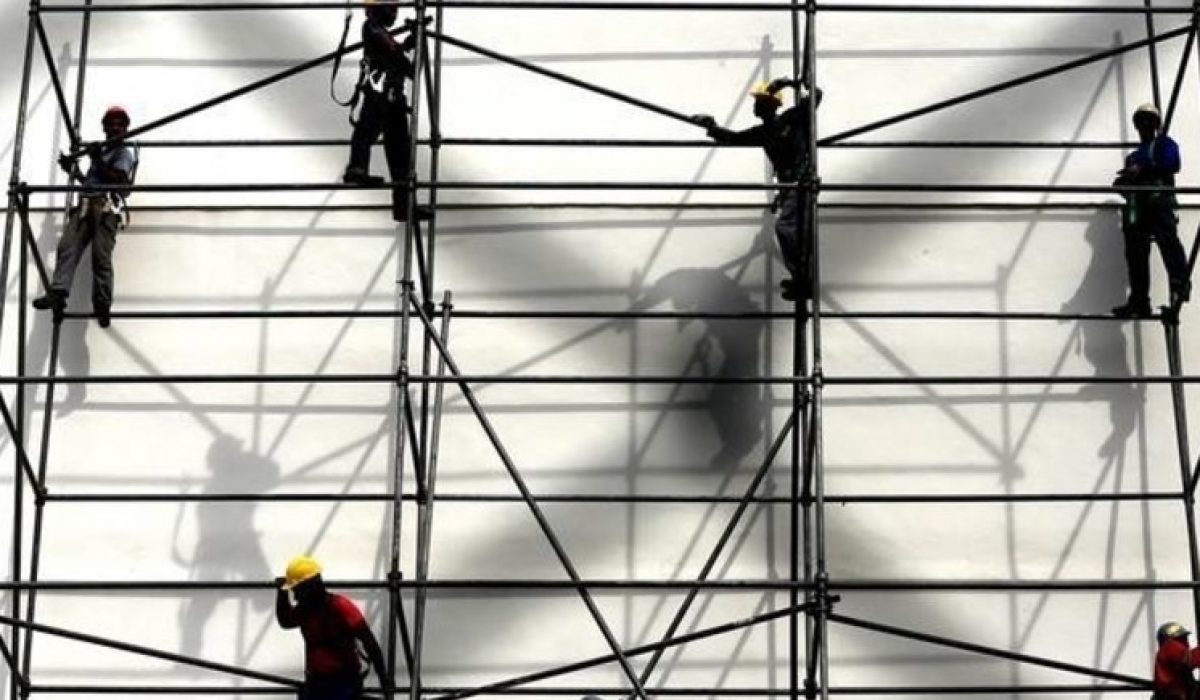This article was originally published on The World Bank’s Latin America and Caribbean: Opportunities for all blog.
Infrastructure – roads, bridges, ports, power plants, water supply – drive economic growth in many countries by facilitating manufacturing, services and trade. But it’s not just a matter of building more. To achieve good development on a planet stressed by climate change and diminishing natural resources, infrastructure needs to be sustainable.
Sustainable infrastructure not only enables sound economic development, job creation and the purchase of local goods and services, it also enhances quality of life for citizens, increases positive impacts (benefits), helps protect our vital natural resources and environment, and promotes a more effective and efficient use of financial resources.
This last point in particular bears highlighting: Sustainable infrastructure is not only good for the planet, it’s good for investors’ profit margins too.
Financial and economic benefits can result from reduced use of materials, improved pollution prevention, reduced carbon emissions, payment for environmental services, and better labor and community relations. Environmental sustainability can also improve the prospects for the financing of projects. Additionally, more and more project stakeholders, and civil society in general, are demanding and expecting environmental sustainability to be integrated into infrastructure projects.
Experiences in many countries demonstrate that it is possible to plan, design, construct, and maintain infrastructure in a fashion that properly manages any potentially negative environmental, social and health and safety impacts and risks, while enhancing directly and indirectly related positive impacts or benefits.
Take the case of the Mato Grosso do Sul State Road Transport Project, in Brazil, which was highlighted in a recent World Bank report on improving environmental sustainability in road projects. In this infrastructure project, the identification of and implementation of more sustainable approaches to erosion control saved about US$46 million. Another example is the case of a road in a valuable natural dry forest land, identified as an extremely valuable biodiversity corridor in the Gran Chaco region in Argentina. The challenge of paving a 60 km road through such a precious and vulnerable area was transformed into a sustainability opportunity. Sustainability measures included awareness signs and speed reduction measures in critical habitat areas, and special wildlife crossing/connectivity points were established with eight underground and three canopy wildlife crossings.
But specialists often lack the full technical capacity to take advantage of these “win-win” features of sustainable infrastructure.
Why?
One reason may be a paradoxical glut in information. A key to successfully developing environmentally sustainable infrastructure is sharing knowledge and experiences among specialists and building their technical capacity. However, given the significant and constantly increasing and improving amount of information available on environmental management and sustainability, it is often difficult for specialists to efficiently find or obtain the most relevant and useful information.
This is why the World Bank Group has developed a bilingual (English and Spanish) web-based Knowledge Platform on Environmentally Sustainable Infrastructure Construction in Latin America and the Caribbean region(www.kpesic.com) to help promote better environmental and social management in the region’s infrastructure projects. The hope is that it will function as a one-stop shop, provide easily accessible and reliable information, and become a forum for contributing ideas and solutions.
The knowledge platform is focused on the infrastructure sectors of transport, energy and water and sanitation; and deals with the project construction phase as well as the planning, design, and operation and maintenance phases. The platform will be useful to technical specialists—in environmental or government agencies, construction companies, engineering firms and more—who are involved directly or indirectly with developing infrastructure in the Latin America and the Caribbean region, or other low and middle income countries, in an environmentally sustainable manner. Ultimately, though, infrastructure is a global concern so we hope that this platform will help promote environmentally-sustainable infrastructure development in other lower and middle income countries. In the meantime, please take a look, collaborate and let us know what you think.
Publication does not imply endorsement of views by the World Economic Forum.
To keep up with the Agenda subscribe to our weekly newsletter.
Author: Robert Montgomery is a Lead Environmental Specialist, Environment and Natural Resources Global Practice.
Image: Workers stand on a scaffolding outside Maracana stadium in Rio de Janeiro. REUTERS/Tont Gentile.
Publicado originalmente en weforum.org



